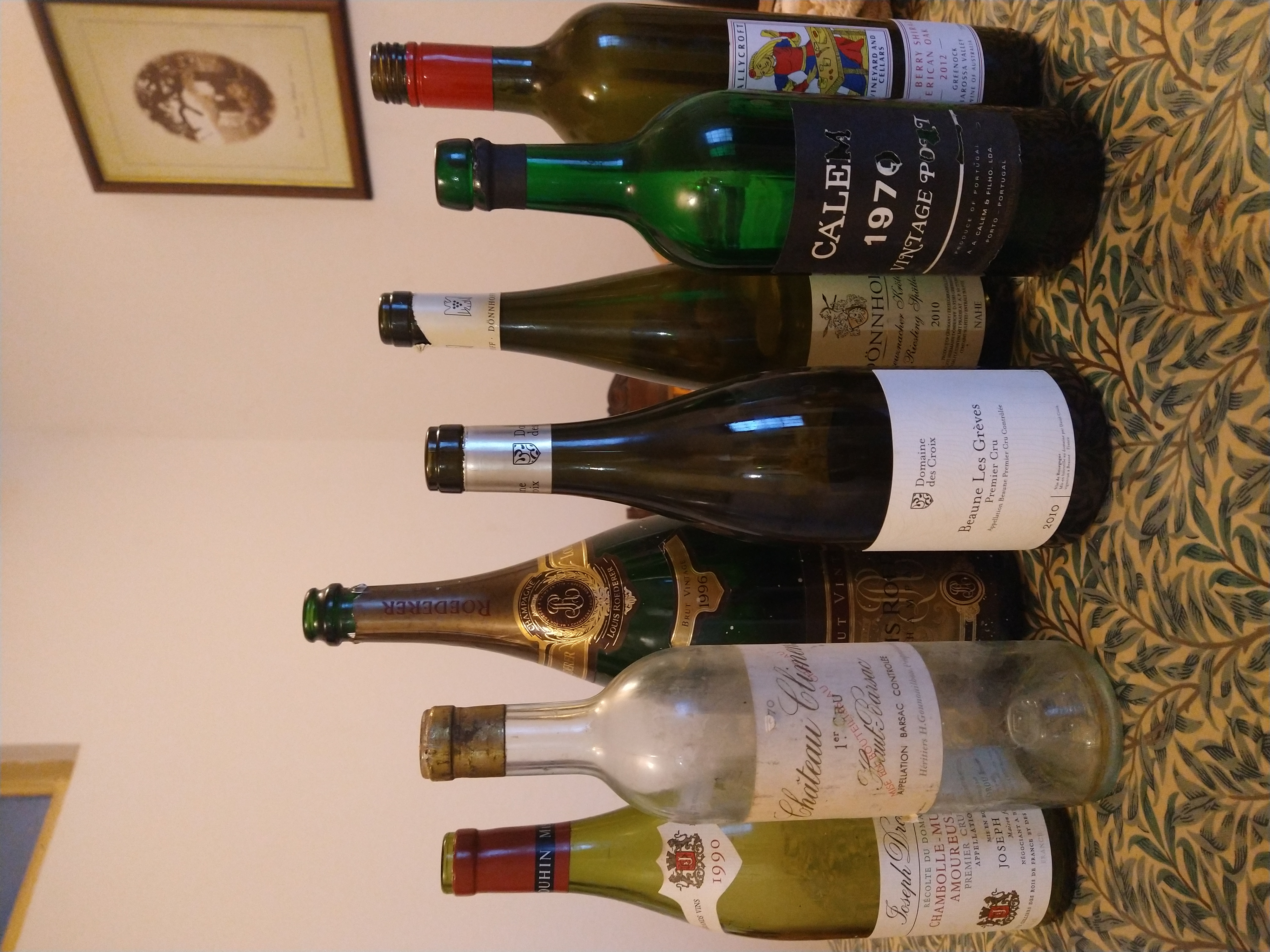
We drank a Cálem 1970 Vintage port at Christmas. Just a year over its half-century, and in splendid form. Wonderful, complex flavors of dark berry fruit, licorice, dried fig and smoke; smooth tannins, intensity, length, balance and loads of flavor.
But do I really want (or need) to wait that long for a port to be that good? Apart from anything else, at my age I don’t really have the time to start from scratch with a new vintage port. And I don’t have a cellar full of 50-year-old ports (although I re-imported a few bottles from my English cellar to my new cellar in Portugal!).
What I do have is ready access to aged tawny ports. They may not have the raw power and longevity of vintage ports, but they offer a shortcut to the palette of aromas a mature vintage port can achieve.
Back in September of last year (2021), I had the opportunity to taste a selection of thirty ports for Which? magazine in the UK, all retailing at £20 or under. Most were own-label ports, but there were a few branded ports as well. They were broken up into categories, ruby, tawny, reserve and late-bottled, and tasted blind. No, we didn’t taste vintage ports (too expensive) or whites (wrong time of year). The results of the tasting appeared in Which? magazine January 2022 edition (before Christmas).
OK, I knew which category I was tasting (although not which wine). But I was unprepared for how well the tawny ports performed. Yes, there were some good reserve and vintage character ports (and a very few desirable rubies), but the tawnies stole the show for me. Even amongst the tawnies that hadn’t qualified as 10-year-olds, the best had complexity and subtle flavors.
I can’t hope to drink a 50-year-old mature vintage port very often. But there is a lot of pleasure to be had from a well-blended tawny port.


